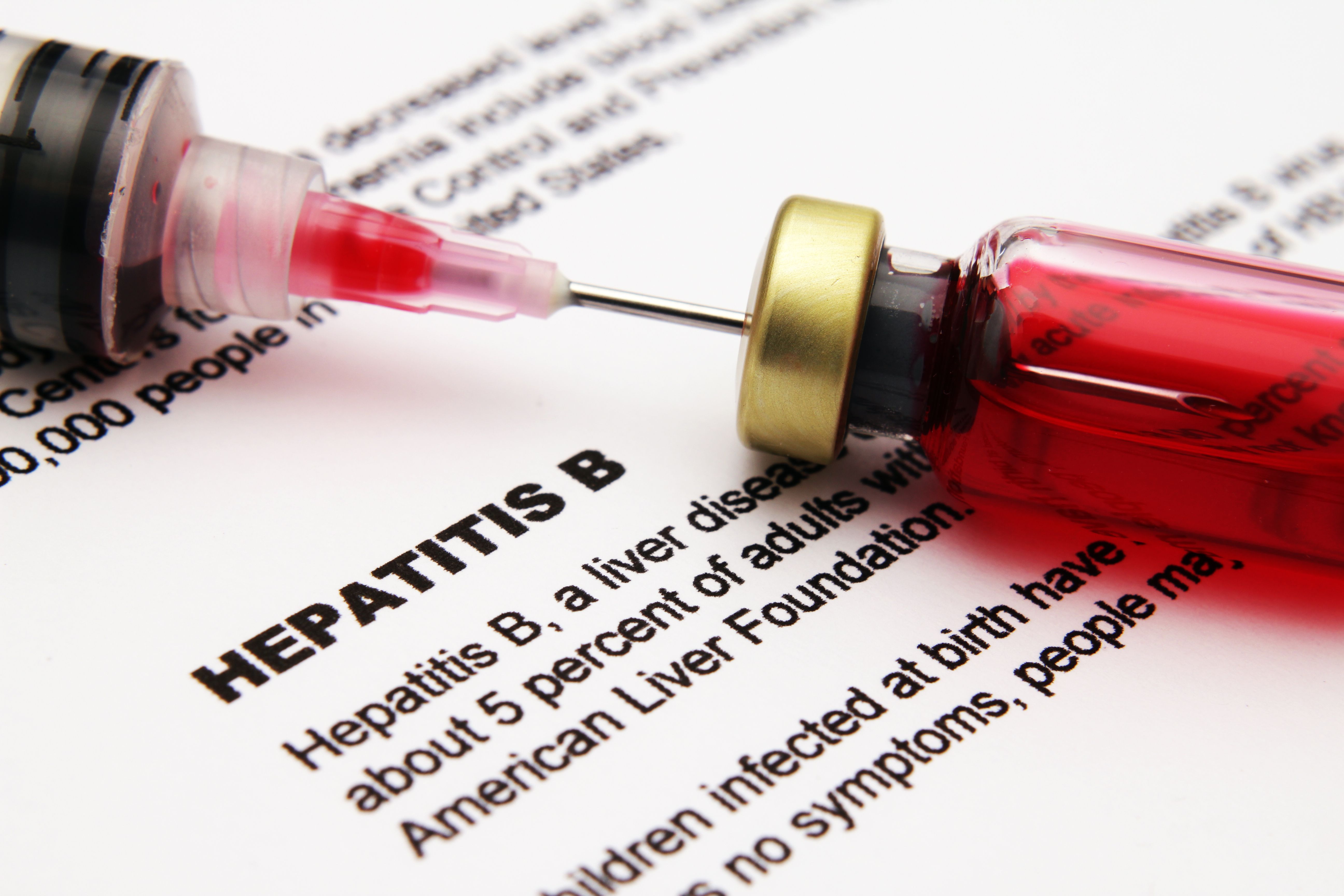Racial Disparities in Chronic Hepatitis B: Implications for Treatment and Outcomes
While African American/Black participants were less likely to meet treatment criteria, treatment receipt did not significantly differ by race, indicating equitable access to treatment.

Racial inequities in the prevalence, treatment, and outcomes of chronic hepatitis B mean that individuals of Asian or African descent are disproportionately affected. Receiving treatment for chronic hepatitis B virus (HBV) can affect patient outcomes, but data on racially diverse populations living with HBV are scarce.
A recent original investigation, published in JAMA Network Open, sought to determine whether HBV treatment initiation and outcomes differed by racial group. The investigators utilized longitudinal data from the Hepatitis B Research Network (HBRN) adult cohort study.
From January 14, 2011-January 28, 2018, adults who tested positive for hepatitis B surface antigen and who were not receiving anti-HBV therapy were enrolled in the HBRN North American study. Patients were followed up at weeks 12, 24, and every subsequent 24 weeks; the last study visit and data collection date was January 28, 2019. The investigators analyzed the data from August 27, 2021-August 25, 2022.
Patients were excluded if they had acute HBV, HIV, hepatitis C or D, less than 24 weeks of follow-up after enrollment, had unknown race, or initiated treatment at or immediately after enrollment. Participants underwent clinical and laboratory assessments and could receive anti-HBV treatment after enrolling in the study.
The primary study outcome was HBV treatment initiation and major adverse liver outcomes, including hepatic decompensation, hepatocellular carcinoma, liver transplant, and death.
Of 1550 included participants, 12% were African American/Black (n = 193), 75% were Asian (n = 1157), 10% were White (n = 157), and 3% were other races (n = 43). The cohort averaged 51% female and 41.2 years of age.
During 5727 person-years of follow-up, 504 study participants began HBV treatment. Investigators documented incidence rates of 4.8 per 100 person-years in African American/Black individuals, 9.9 per 100 person-years in Asian individuals, 6.6 per 100 person-years in White individuals, and 7.9 per 100 person-years in persons of other races.
At 14%, a lower proportion of African American/Black participants met treatment criteria. In comparison, 22% of Asian patients and 27% of White patients met treatment criteria. After meeting criteria, the cumulative probabilities of treatment initiation did not differ significantly by race. The incidence of major adverse liver outcomes was 0.1 per 100 person-years, without significantly deviating by race.
The observational study of chronic HBV found African American/Black participants were less likely than other races to meet the criteria necessary to initiate HBV treatment. However, among those who did, HBV treatment receipt did not significantly differ by race or economic factors.
Not all eligible HBV patients initiated treatment, yet adverse liver outcomes were rare. The investigators noted that Asian participants with HBV had higher incidences of hepatocellular carcinoma. Asian patients had the highest prevalence of HBeAg, the highest percentage meeting treatment criteria, and the highest proportion initiating treatment. Because treatment initiation among eligible participants was similar to African American/Black and White participants, however, clinical outcomes were similar for all races.
